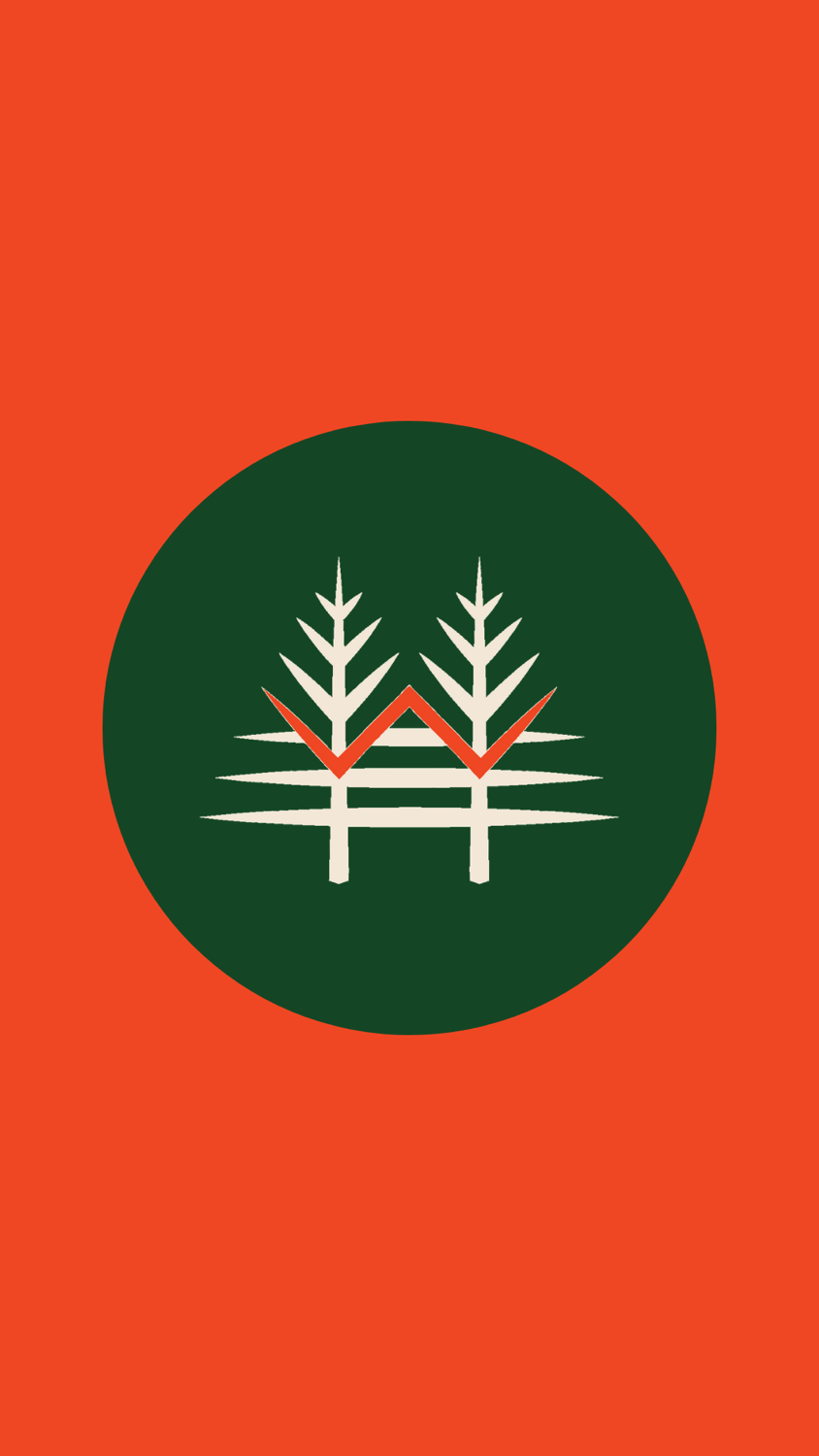Grazing Shropshire Sheep on a Vermont Christmas Tree Farm: Benefits, Challenges, and Lessons Learned
- wernertreefarm

- Jun 2
- 4 min read
Updated: Aug 9
Why Shropshire Sheep?
Shropshire sheep are uniquely suited to grazing in tree farms, orchards, and vineyards. Historically used on European farms, they have a proven track record of eating grass and weeds without damaging the bark, buds, or branches of mature trees. That makes them the best breed for integrated grazing in tree-based systems like ours.
They’re also a triple-purpose breed: valued for meat, wool, and, uniquely, their ability to safely graze among trees. Our ram and ewes come from Groverman and Hiemke lines, and we're proud to be the first breeder of Groverman Shropshires in Vermont. Lambs are born and raised in our tree fields, learning grazing behavior directly from their mothers—how to eat around, not through, the crop trees.

Environmental and Practical Benefits
Adding sheep to our Christmas tree fields has significantly reduced our need for mowing and herbicide spraying. While we haven’t eliminated these practices entirely, sheep help us target grass and weed pressure in a more sustainable way.
Even more exciting are the long-term benefits to soil health. Intensive rotational grazing—where sheep are moved to fresh pasture every few days—helps:
Sequester carbon in the soil
Improve soil’s water-holding capacity
Increase soil organic matter
Boost microbial life beneath the surface
These regenerative effects are good not only for our Christmas trees, but for the planet as well.
Challenges to Consider
Balancing Tree Needs with Grass Control
Sheep help reduce mowing and spraying, but they don’t replace those tasks entirely. Some areas still need mechanical mowing or spot spraying, especially in dense or uneven terrain. If you're used to managing your trees like a golf course, you'll have to learn to tolerate some messiness and longer grass in sections waiting for the sheep to get to them. The key is timing grass control so there's enough grass for the sheep, but not so much that it starts crowding lower branches.
Bud Break Vigilance
Any sheep, even the most trustworthy mature ewe, can become a problem and start eating trees in the wrong conditions. In late May to early June, our trees enter bud break—and new growth is tender and more appealing to sheep than hardened off branches. During this time, sheep must be watched closely or removed from the trees to prevent accidental nibbling of the fresh buds. Sheep that nibble on trees should be removed immediately to prevent their behavior from spreading to other sheep.
Infrastructure Requirements
You can’t run sheep without the right setup. To make this system work, we’ve invested in:
A barn for winter shelter
Hay storage for the off-season
Electric fencing to rotate paddocks
Solar chargers for off-grid fencing power
Water buckets, grain storage, other basic livestock needs
Grazing Plans Take Planning
Even the best planned system can fall apart in the real world. Grazing rotations take time, observation, and adjustment. Every season is a little different, and getting it right means staying flexible. It's helpful to have extra green areas if you need to unexpectedly pull the sheep out of your trees, or if a drought or flooding means you have less grazing area than you expected.
Challenges with Interplanting
Sheep grazing makes it harder to interplant new trees. Lambs and young ewes are curious, and very young trees can get trampled. For us, this means timing our tree planting carefully and possibly adjusting spacing. When making your own grazing plan for Shropshire sheep in Christmas trees, consider tree age class.
Managing a Growing Flock of Shropshire Sheep in Christmas Trees
Only ewes are trustworthy in Christmas trees- rams will rub on trees and damage them. But when you're growing a flock, you will inevitably end up with ram lambs as well as ewe lambs. We manage this by keeping ram lambs grazing on lawn or pasture areas, and producing a high quality lamb meat that we sell through our Christmas shop. Additionally, you'll need pasture outside of your Christmas trees if you choose to introduce a ram to your flock during breeding season. If you decide to purchase in ewes and not breed them yourself, you can eliminate these additional concerns.
Lessons Learned & Advice for Other Growers
If you're a Christmas tree farmer thinking about integrating sheep, here are a few things we'd share:
Start small. Try sheep in a limited section before expanding across your entire field.
Watch the timing. Be ready to adjust grazing plan—especially around bud break and late fall.
Invest wisely. Infrastructure costs are real, but they pay off in efficiency and animal welfare.
Stay hands-on. This is not a passive system—sheep need care, management, and regular movement.

A Holistic, Living System
We didn’t set out to reinvent our farm with sheep—but over time, we’ve come to see them not just as helpers, but as full partners in a regenerative system. The sheep give our customers and community another way to connect with our farm. We've also seen increased sales during our Christmas season from wool and lamb meat. Grazing Shropshires among our Christmas trees has helped us reduce inputs, build soil health, and create a more dynamic, responsive landscape. It's not perfect, and it’s not without effort. But for us, it’s been worth every step.
Want to Learn More?
We’re passionate about helping other farmers explore sustainable tree farming. If you're thinking about getting your own flock of Shropshire sheep, we’d love to talk. All our lambs are RR or QR for scrapie resistance and are raised in our Christmas trees alongside their mothers. Contact us to join our lamb waitlist




Comments